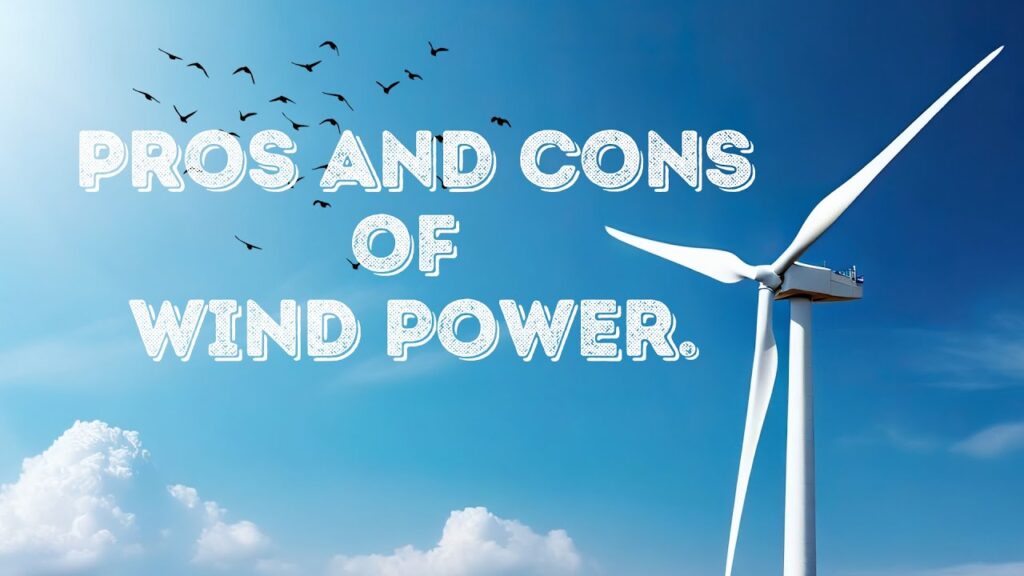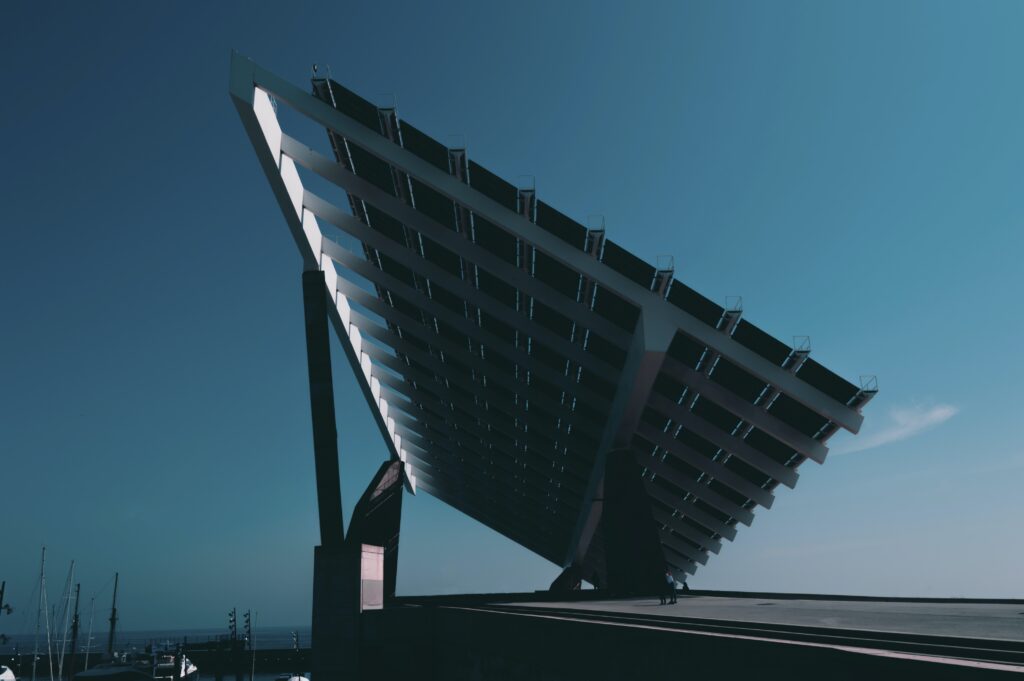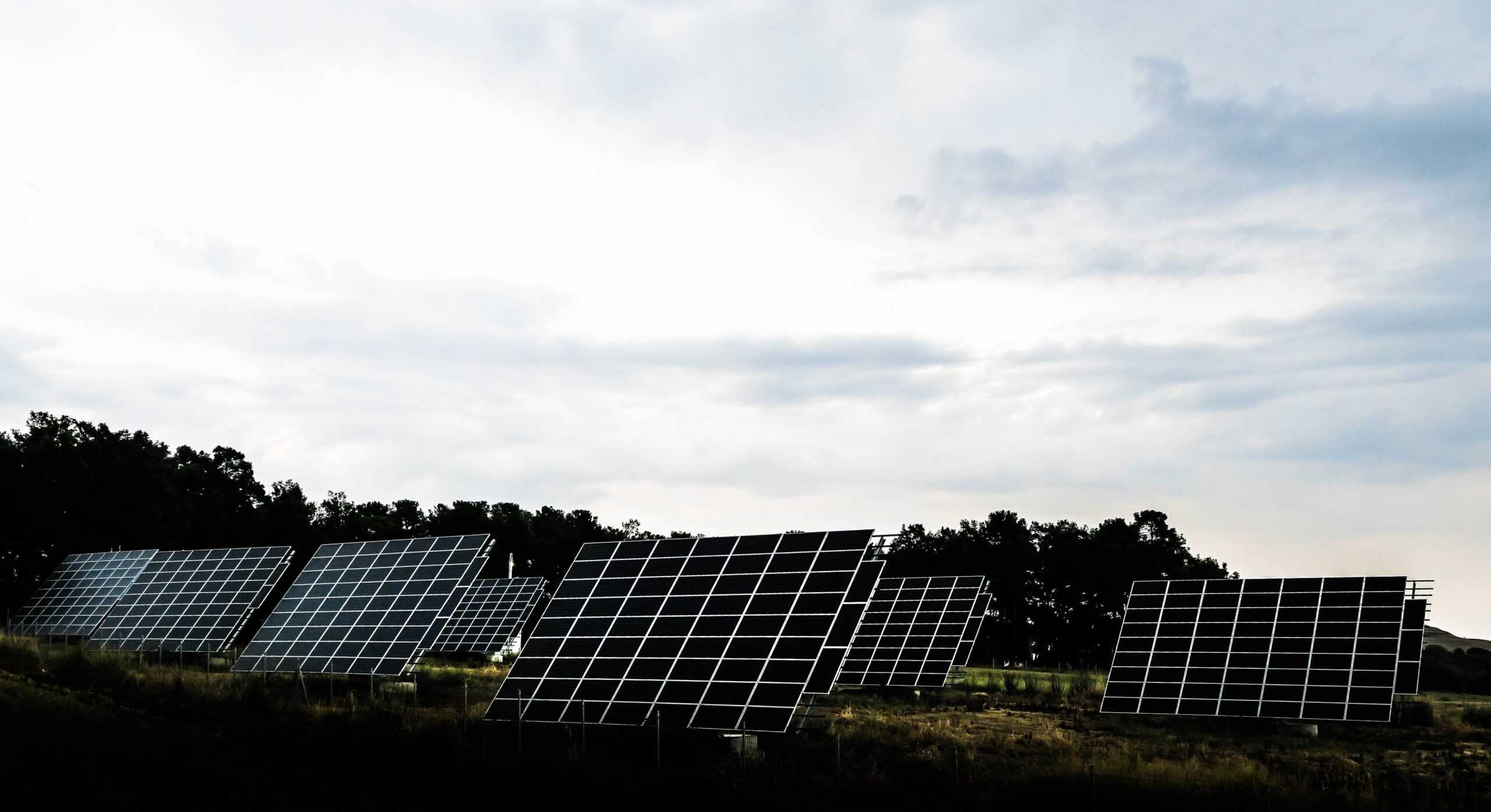Is wind power the answer to our renewable energy needs or just a gust of hot air in our quest for sustainable energy sources? We’ve looked to the skies and found a powerful ally in the wind. This invisible force, once harnessed, can generate electricity to power our homes, businesses, and even entire cities. Wind power has emerged as a champion in the renewable energy sector, captivating the minds of innovators and environmentalists alike. As we face the pressing need to transition away from fossil fuels, the wind could be the key to a cleaner, greener future. But like any resource, it comes with its own set of challenges, from variability and storage to environmental impact. So, is wind power an energy panacea or a well-intentioned mirage? There’s much more to this story than meets the eye. Join us as we delve into the fascinating history, present state, and future prospects of wind power to understand its significance in the renewable energy revolution.
An Introduction to Wind Power
Is wind power the answer to our renewable energy needs or just a gust of hot air in our quest for sustainable energy sources? We’ve looked to the skies and found a powerful ally in the wind. This invisible force, once harnessed, can generate electricity to power our homes, businesses, and even entire cities. Wind power has emerged as a champion in the renewable energy sector, captivating the minds of innovators and environmentalists alike. As we face the pressing need to transition away from fossil fuels, the wind could be the key to a cleaner, greener future. But like any resource, it comes with its own set of challenges, from variability and storage to environmental impact. So, is wind power an energy panacea or a well-intentioned mirage? There’s much more to this story than meets the eye. Join us as we delve into the fascinating history, present state, and future prospects of wind power.
The Evolution of Wind Power
To understand the significance of wind power, we must first journey back in time. The tale of wind energy begins in the ancient civilizations of Persia and China, where the kinetic energy of the wind was harnessed to propel sailboats. This marked the first recorded use of wind power, creating a legacy that would continue for centuries to come.
The late 19th century brought about a major turning point for wind power with the advent of electricity. This period saw the installation of rudimentary wind turbines in Denmark and the United States. These pioneering efforts marked the modest beginnings of an industry that would, in time, revolutionize the energy sector.
As we moved into the 20th century, wind turbine technology experienced significant advancements. More efficient designs and materials were developed, transforming the face of wind power. The oil crises of the 1970s acted as a catalyst, sparking a renewed interest in alternative energy sources and propelling wind power into the spotlight.
The evolution of technology continued, and wind turbines grew in size and efficiency. No longer a mere experiment, wind power was becoming economically viable, gaining momentum as a serious contender in the quest for sustainable energy.
Fast forward to the 21st century, and wind power has cemented its position in the global energy landscape. It has proven itself not just as a viable alternative to traditional energy sources but as a major player in its own right. With each passing year, wind turbines sprout up across landscapes around the world, harnessing the power of the wind to generate clean, renewable energy.
The journey of wind power is a testament to human innovation and resilience. From its humble origins in ancient sailboats to the towering wind turbines of today, wind power has come a long way. It has adapted and evolved, rising to meet the challenges of a changing world and a growing demand for sustainable energy.
Current Wind Power Production
Fast forward to today, and wind power has become a major player in the global energy landscape. The International Energy Agency reports that by the close of 2020, the total global wind power capacity reached an impressive 730 gigawatts (GW). That’s a whole lot of power being generated by the simple yet mighty force of the wind.
This capacity isn’t spread evenly, though. It’s distributed across onshore and offshore installations, with onshore wind farms doing most of the heavy lifting. These onshore farms are typically easier to establish and maintain, hence their popularity.
Now let’s talk about the countries leading the charge in wind power deployment. China, with its vast landscapes and commitment to renewable energy, stands at the forefront, boasting the world’s largest installed capacity of wind power. Not too far behind is the United States, followed by Germany and India. Each of these countries has recognized the potential of wind power and has made significant strides in harnessing it.
These advancements aren’t just about generating power, though. They’re part of a bigger picture, a global effort to switch from fossil fuels to renewable energy sources. The rapid growth of wind power is a testament to our collective effort to reduce carbon emissions and combat climate change. As we continue to innovate and invest in wind power, we’re not just powering our homes and businesses. We’re also powering a brighter, more sustainable future.

The Pros of Wind Power
Wind power is a shining star in the realm of renewable energy, and its allure is multifaceted. To begin with, it’s renewable and sustainable. Unlike fossil fuels that are finite and dwindling, wind is an infinite resource. It’s not something we’re going to run out of ever. Harnessing wind energy doesn’t deplete our natural resources, making it a sustainable choice for the long haul.
In addition to its sustainability, wind power is a champion when it comes to reducing greenhouse gas emissions. Unlike traditional power generation methods that release harmful pollutants into the air, wind turbines produce little to no greenhouse gases during operation. By replacing fossil fuel-based power generation with wind power, we can take significant strides in mitigating climate change and curbing air pollution.
But the benefits of wind power don’t stop at environmental impact. It’s also a major job creator. The wind power industry provides employment opportunities in a variety of sectors, from manufacturing and installation to maintenance and research and development. And let’s not forget about the economic benefits for local communities hosting wind farms. These communities often reap revenue from land lease agreements and property taxes.
Finally, wind power contributes to energy independence by diversifying the energy mix and reducing reliance on imported fossil fuels. Countries can bolster their energy security by harnessing the power of the wind. Wind power presents a promising solution to many of our energy challenges, but it’s not without its drawbacks.

The Cons of Wind Power
Like any energy source, wind power has its share of challenges and criticisms. Let’s delve into some of these.
One of the significant hurdles with wind power is its intermittency and variability. The wind doesn’t blow consistently, and its speed can vary greatly. This means that wind power can’t be relied upon as a constant energy source without robust storage solutions or a backup power source.
Moreover, wind turbines, particularly large-scale wind farms, have raised environmental and aesthetic concerns. The spinning blades can pose a threat to birds and bats. In terms of aesthetics, not everyone finds the sight of wind turbines pleasing. They can be seen as an intrusion on natural landscapes, and their noise can be disruptive for nearby residents.
Despite these challenges, the wind continues to blow in favor of this renewable energy source. As we navigate towards a more sustainable future, wind power presents a promising solution to many of our energy challenges. It’s not without its drawbacks, but through innovation and careful planning, we can harness the power of the wind while minimizing its environmental impact.

Conclusion
Wind power has come a long way since its humble beginnings. It has evolved and grown into a major player in the global energy landscape, proving itself as a viable, sustainable, and economically beneficial renewable energy source. From reducing greenhouse gas emissions and creating jobs to promoting energy independence, wind power offers numerous advantages.
However, challenges such as intermittency, environmental impact, and aesthetic concerns should not be ignored. As we continue to develop and refine wind power technology, addressing these challenges becomes crucial. By finding innovative solutions and taking a balanced approach, we can harness the power of the wind while mitigating its drawbacks.
In conclusion, wind power is an essential part of the solution to our renewable energy needs. It offers tremendous potential to combat climate change, reduce reliance on fossil fuels, and create a cleaner, greener future. With continued investment and support, wind power can play a significant role in the transition to a sustainable energy system. Let’s embrace the power of the wind and propel ourselves towards a brighter, more environmentally friendly tomorrow.




